15 Flowers That Attract Hummingbirds and Butterflies
Flowers that attract hummingbirds and butterflies are one of the greatest joys of gardening.
Imagine a hummingbird floating outside your kitchen window. Or a duo of butterflies flirting about as you weed the garden. These winged beauties can be attracted to your flower beds by planting flowers with a variety of colors and bloom times.
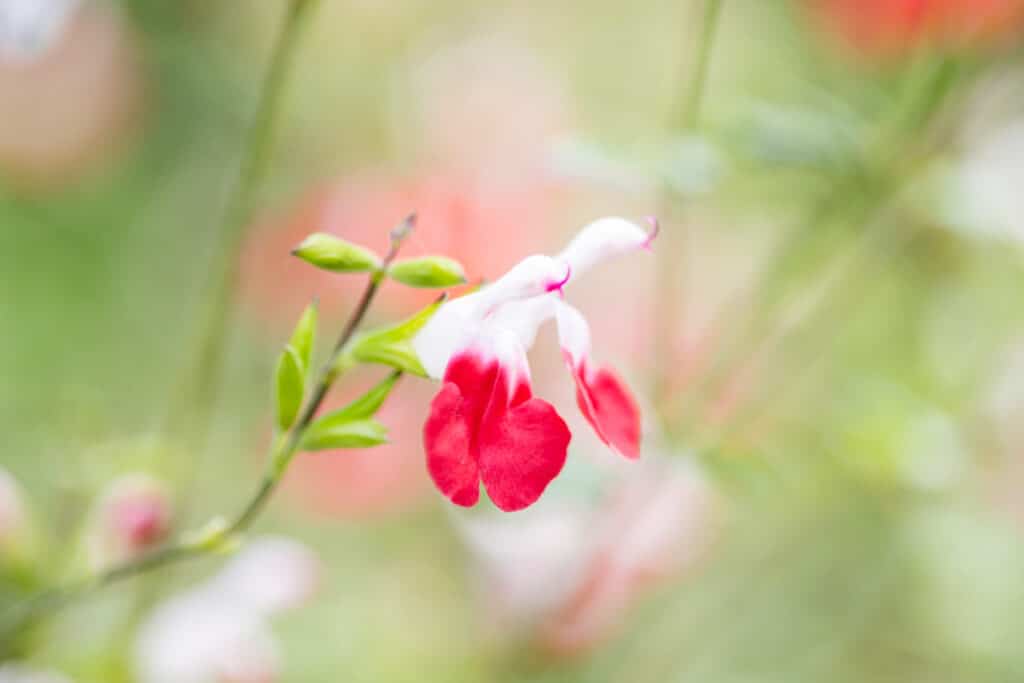
Hummingbirds and Butterflies
Hummingbirds and butterflies not only spark happiness but they are effective pollinators as well. The ideal flower for attracting hummingbirds and butterflies is colorful, fragrant, and tubular in shape.
Hummingbirds and butterflies are attracted to these tubular flowers that have a high nectar count.
These tiny birds and insects use their long tongues to slurp up the sweet nectar from flowers. Smell is also important- fragrant flowers will attract pollinators to your garden.

Many annuals produce blooms that hummingbirds and butterflies love. This is perfect because you can incorporate your favorites when planning your landscape design- just be sure to plan around your perennial plants.
These important pollinators drink deeply from colorful flowers, and collect pollen on their legs and bodies. When flitting from flower to flower, pollination can occur.
Types Of Flowers For Hummingbirds and Butterflies
This list of beautiful flowers will help you grow the right plants for a hummingbird and butterfly garden. You can find many of them at your local garden center. Let’s dive in!
Foxglove

Beautiful bell shaped flowers adorn the stalks of foxglove flowers. These short lived perennials are full of nectar and attract both hummingbirds and butterflies. They come in pretty shades of purple, pink, yellow and red. Foxglove self seed each year, making them a low maintenance flower.
Lilies

Lilies are incredibly fragrant and boast a high nectar count that attract hummingbirds and butterflies. Though short lived in bloom time, lilies are a powerful plant for attracting pollinators. They bloom in early summer through fall and come in vibrant colors of white, pink and orange.
Petunias

Do hummingbirds and butterflies like petunias?
Yes! Petunias are an excellent annual for attracting both butterflies and hummingbirds. They are also easy to grow and can be used in hanging baskets and containers.
Petunias come in many bright colors, thrive in full sun and bloom all summer. The tubular shape of petunias make them an excellent choice for hummingbirds and butterflies.
Get our guide to growing petunia flowers here!
Dahlias

With huge blooms and colorful petals, dahlias are excellent flowers for attracting hummingbirds and butterflies. Dahlias bloom prolifically from mid summer to first frost, making them an ample food source for pollinators.
There are thousands of varieties of dahlias. They come in a wide range of colors and shapes and when deadheaded properly have a long bloom time.
Bee Balm
Bee balm boasts beautiful pink flowers with a tubular shape that hummingbirds just love. Swallowtail butterflies love bee balm as well and because of their sweet fragrance all pollinators are attracted to them. This shaggy, vibrant plant can grow in part shade and is deer resistant.
Butterfly Bush (Buddleia)
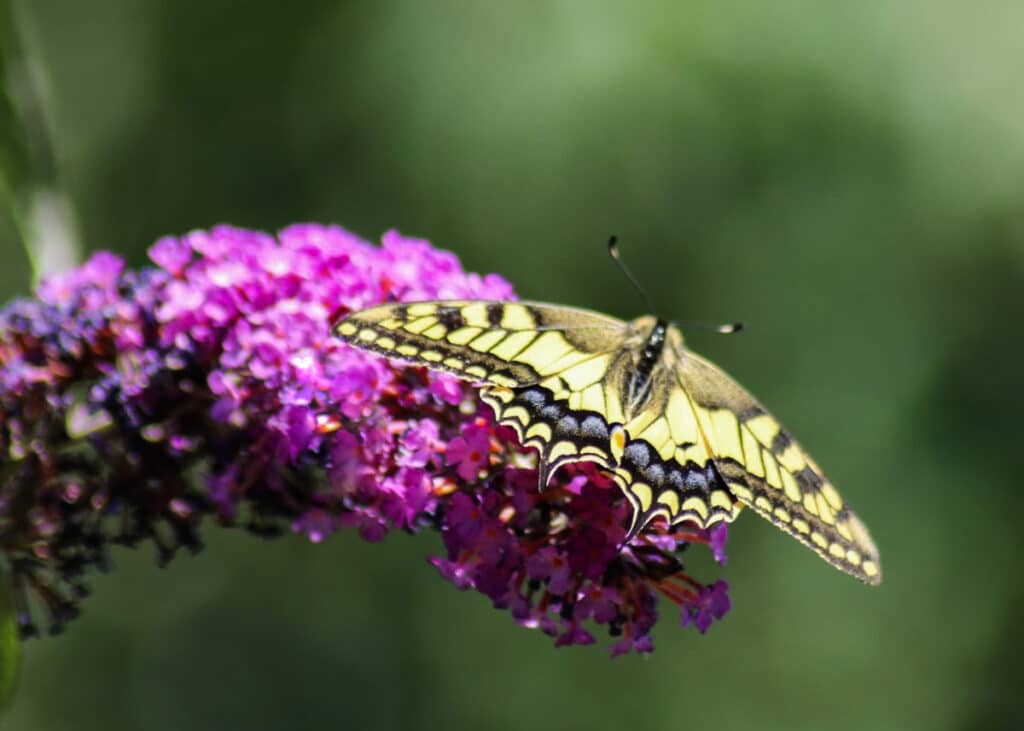
Full of color and vibrancy, we can attest first hand that butterflies will flock to the aptly named butterfly bush! This deciduous shrub blooms year after year and can grow quite large.
Hummingbirds will also enjoy this beautiful flowering bush because of it’s nectar and vibrant tubular shaped flowers. Butterfly bushes will bloom prolifically in mid summer, adding vibrancy and joy to your flower garden.
Fuchsia
Fuchsia come in bold colors that are highly attractive to hummingbirds. Bees and butterflies love them too. If you only have a back patio, consider hanging bright pink fuchsias. These flowers love shade, so they are a great option if you have limited sunlight.
Upright fuchsia can be planted in full sun and can grow very large, becoming an excellent feeding station for hummingbirds.
Lupine

Lupine is most known for it’s beautiful blue-purple blooms, but is also available in white, pink and orange. This gorgeous flower is an early bloomer, from late spring until early July. This makes it an excellent flower to grow early in the year before heat loving annuals make their debut.
Lupine often sprouts up in wildflower mixes, however it is a perennial plant and will come back year after year. It sends up tall spikes, growing up to 3 feet tall–making it a visible destination for our pollinator friends.
Red Columbine
The red flowers of this columbine variety easily attract pollinators. Red Columbine is vibrantly colored and tolerates dappled shade. The trumpet shaped flowers attract hummingbirds and butterflies alike.
Salvia

Salvia come in many varieties and are a siren for butterflies and hummingbirds. Our favorite, hot lips salvia, is especially attractive to hummingbirds with it’s bold two toned red and white flower.
Saliva is a hummingbird magnet and you can be sure you will find them hovering over your shrub frequently! Salvia is a perennial that comes in many varieties and will thrive in the hottest part of your yard. These tube shaped flowers will bloom all summer long.
Sunflowers

It’s no secret we love sunflowers around here, and butterflies and hummingbirds feel the same way. Each sunflower head is actually a composite of many tiny flowers that pollinators enjoy.
Try adding red sunflowers for bold color and variety, and be sure to add dwarf sunflowers into your cutting garden for an excellent cut flower option. Sunflowers are known as one of the best flowers for attracting butterflies to the garden.
You can enjoy lots of sunflowers in the garden when you plant them from seed. If you have poor soil, considering planting wild sunflowers, who will thrive anyway!
Rose Of Sharon
Rose Of Sharon is one of our favorite flowering shrubs. With beautiful green leaves, the flowers can come in pink, purple blue or white blooms.
Rose of Sharon blooms prolifically, and in the right climates the flowers last until early fall. This plant is extremely attractive to bees, butterflies, and hummingbirds.
Snapdragons

Snapdragons are brightly colored with dragon like flower heads that are perfectly shaped for hummingbirds. These quirky flowers bloom well into fall, providing sustenance for hummingbirds and butterflies in the cooler months.
If you have a small growing area, you can easily grow snapdragons in pots. Taller varieties can be grown in raised beds for a beautiful mass affect (bring on the butterflies!)
Zinnias

Zinnias are an easy to grow and economical flower that produce many blooms throughout summer. Choose tall zinnia varieties in order to allow butterflies to find the blooms easily. Hummingbirds will also be found visiting zinnias for a summertime sip of nectar.
Learn how to extend your zinnia bloom time here so that you can attract pollinators all summer and fall.
Trumpet Vine (Trumpet Creeper)
Trumpet vine is an absolutely gorgeous plant with bright orange, trumpet-shaped flowers. It’s no wonder hummingbirds and butterflies love the trumpet vine, we flock to it as well! This vine looks beautiful cascading over the edge of concrete walls or sprawling across trellises.
Catmint
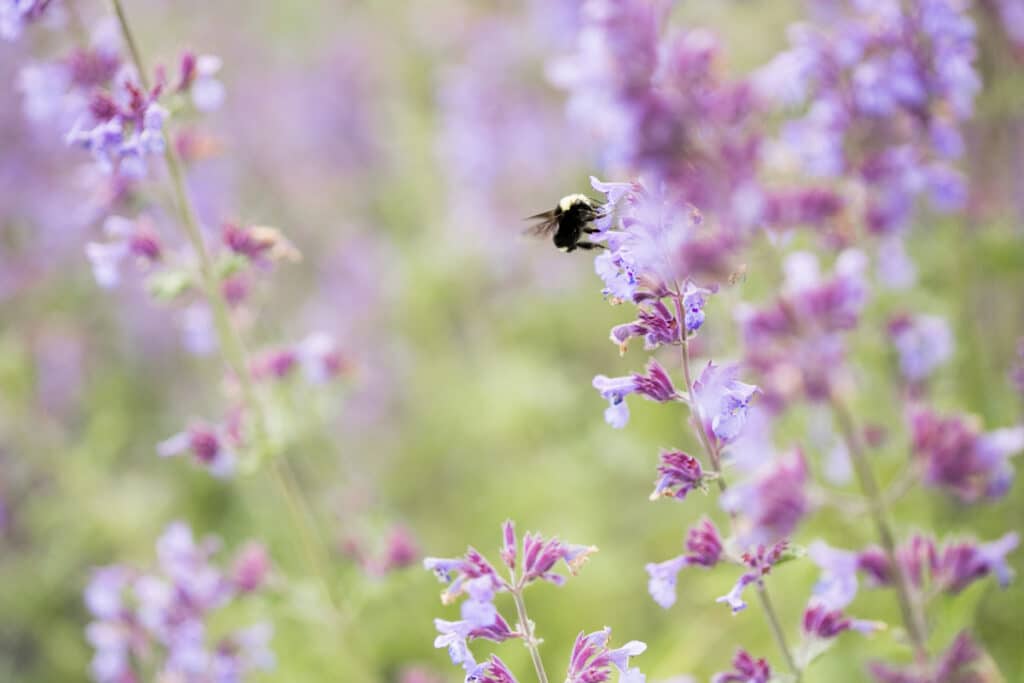
Catmint is one of our favorite flowers and readily attracts both butterflies and hummingbirds. This sage plant boasts purple flowers with muted green foliage that looks lovely in cottage styled gardens.
Catmint is a sun loving perennial can be cut back after it’s first bloom to encourage another rush of flowers. If you are looking for romantic plants that attract pollinators, pair catmint with lavender.
How To Create A Butterfly and Hummingbird Garden
Hummingbirds and butterflies will be attracted to areas that mimic their wild and natural habitat and provide lots of food sources. Use these ideas to attract more hummingbirds, butterflies and bees to your garden:
- Provide a water source for pollinators to quench their thirst. Quiet, calm areas of water are ideal. Small ponds, a gentle stream, a bird bath or butterfly puddler are all good sources of water
- Allow natural areas of decaying sticks and debris to remain in place for shelter and nesting
- Use lots of different colors of flowering plants in your garden: reds, yellow, purple, and pink tend to attract butterflies the most
- Strategically plant so that you have flowers blooming throughout the year. Start early with a butterfly bush and end your season with cooler weather flowers (like snapdragons)
- Grow host plants that butterflies like to lay their eggs on, like milkweed
- It is a good idea to avoid chemicals in your garden and opt for natural, organic options
- Consider adding native plants to your garden to attract native butterfly and bee species
- Plant a specific pollinator garden that is full of nectar producing flowers
- Add a hummingbird feeder to draw in hummingbirds to your flower garden

What Is A Host Plant?
What Is A Host Plant?
A host plant provides a home and egg laying location for a butterfly. Different species of butterflies choose specific plants to lay eggs on, and these plants must be capable of feeding their larvae when they hatch. Common host plants are dill, purple cone flower, black eyed susan, and lupine. View this list for an excellent resource on host flowers.

Beautiful Perennial Flowers That Attract Hummingbirds and Butterflies:
Perennials come back year after year are and are an essential part of an established pollinator garden. You can easily plant perennials that attract hummingbirds and butterflies:
- Dahlias: bloom mid to late summer and fall
- Salvia: blooms all summer, heat loving
- Butterfly bushes: bloom mid to late summer
- Catmint: blooms in early summer, will rebloom
- Lilac: early spring, very fragrant
- Snapdragons: in certain climates, snapdragons will come back for several seasons
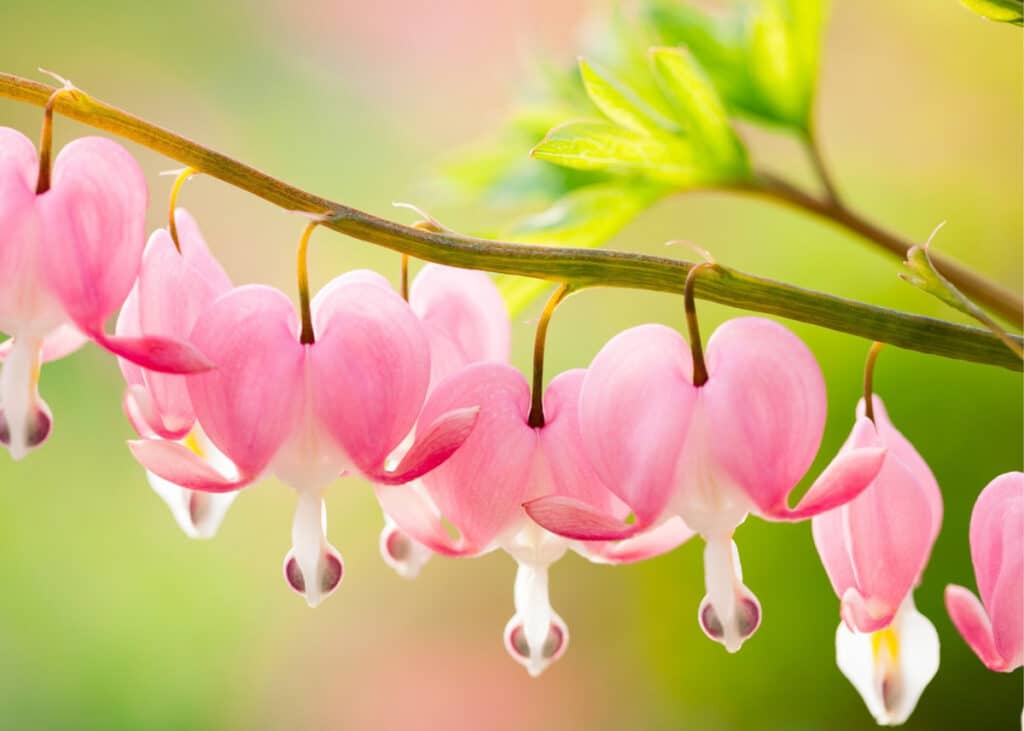
Partial Shade Flowers That Hummingbirds Like
Many flowers thrive in partial shade and will also attract pollinators:
- Snapdragons: Make sure snapdragons get at least 6 hours of morning sun, but in the afternoon they can tolerate shade
- Bleeding heart: Bleeding hearts grow best in shade in warm regions and partial shade in cooler regions
- Columbine: Columbine thrives in shade and hummingbirds love them!Columbine: Columbine thrives in shade and hummingbirds love them!
- Foxglove: Foxglove can tolerate part shade and we know that hummingbirds and butterflies are attracted to their long stalks and colorful flowers
We hope you enjoyed this list of luscious flowers that attract hummingbirds and butterflies! Please let us know what tips you try and what species of butterfly and bird you find in your garden this spring.


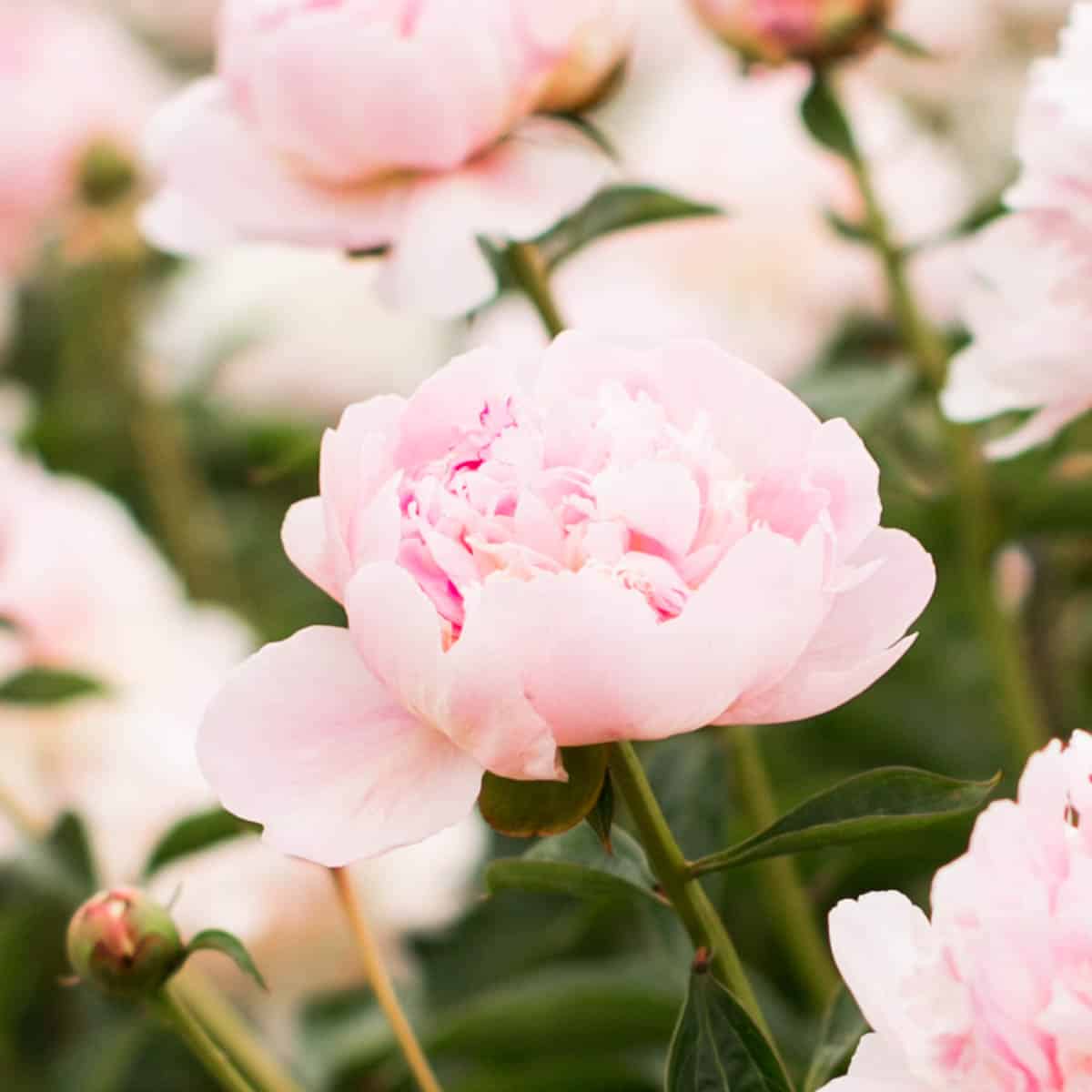

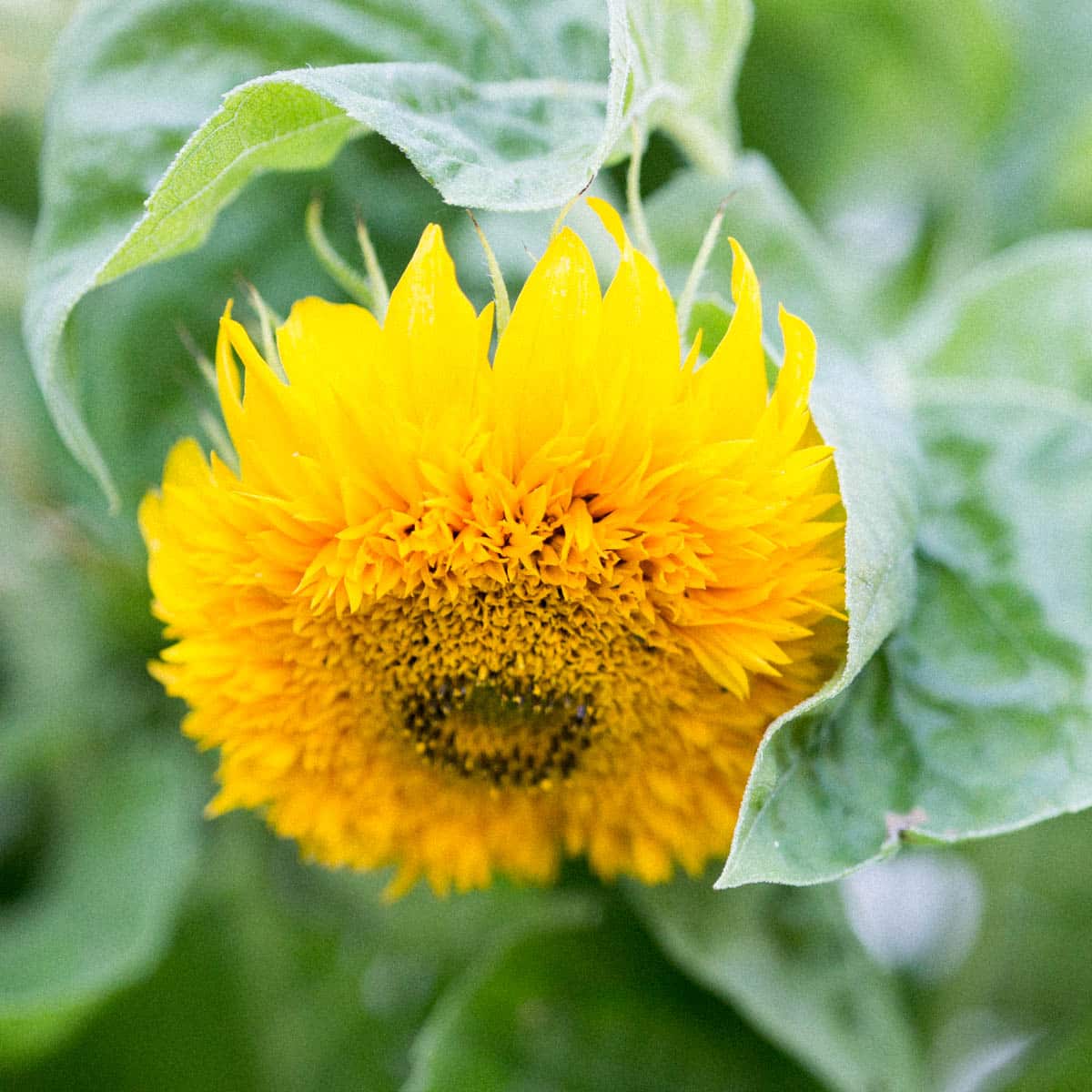

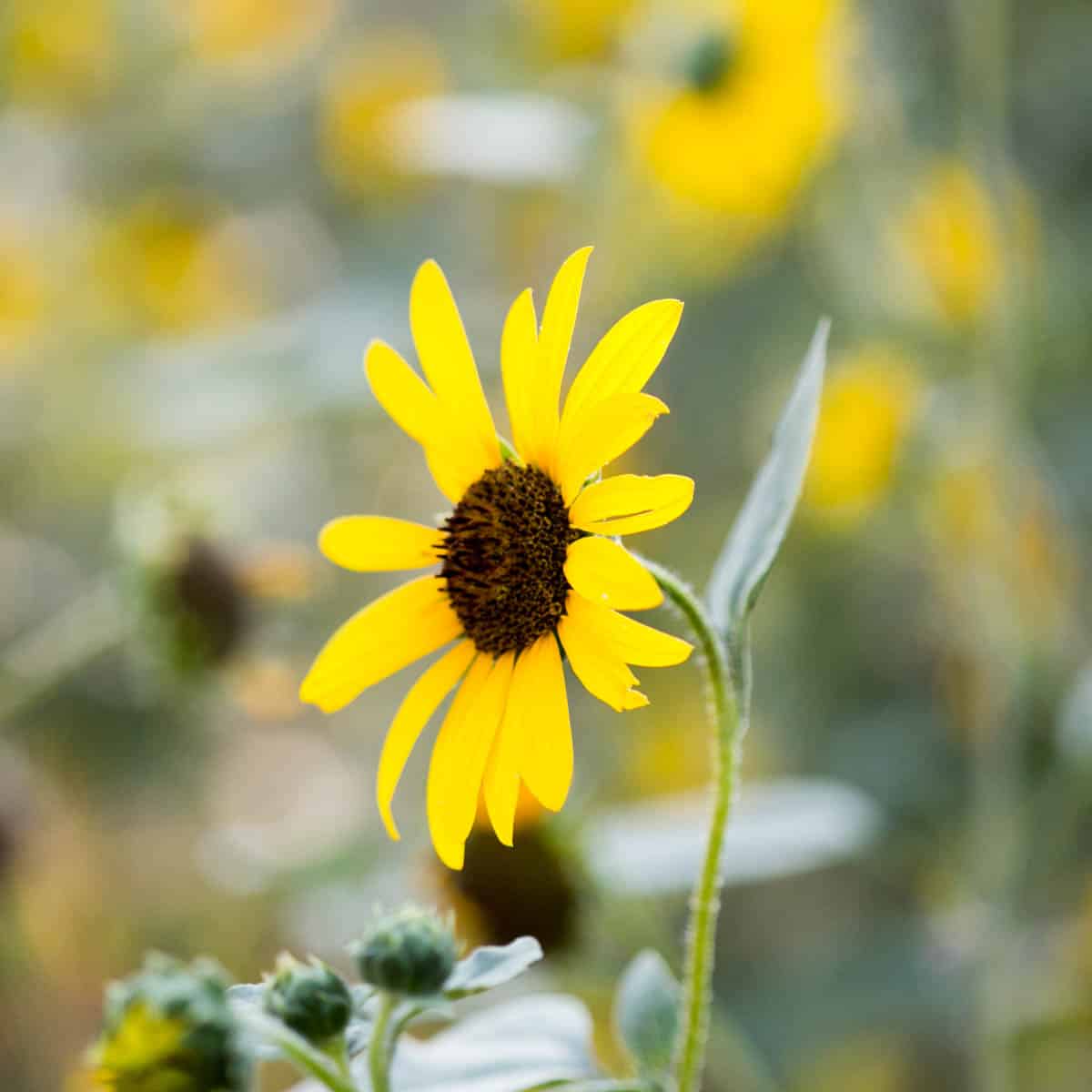
What a beautiful article about beauty that is nature. I don’t have a yard now but I want to grow some of these flowers in containers. We all need to help butterflies, bees, and hummingbirds. They help us with pollination and watching them is charming.
What a kind comment Susan, you truly made my day. And I agree, I have gardened from an apartment, condo, in the suburbs and on a 2 acre property. I love it all, and it’s wonderful to see the birds and the bees. Healthy for us and them! Thank you so much for stopping by.
I would love to get a catalog from your company.
Hi Candy! We are actually not a seed company, I have a background in gardening, professional photography, and writing! Be on the look out for our upcoming gardening books though- you can subscribe to our email list to get updates! 🙂